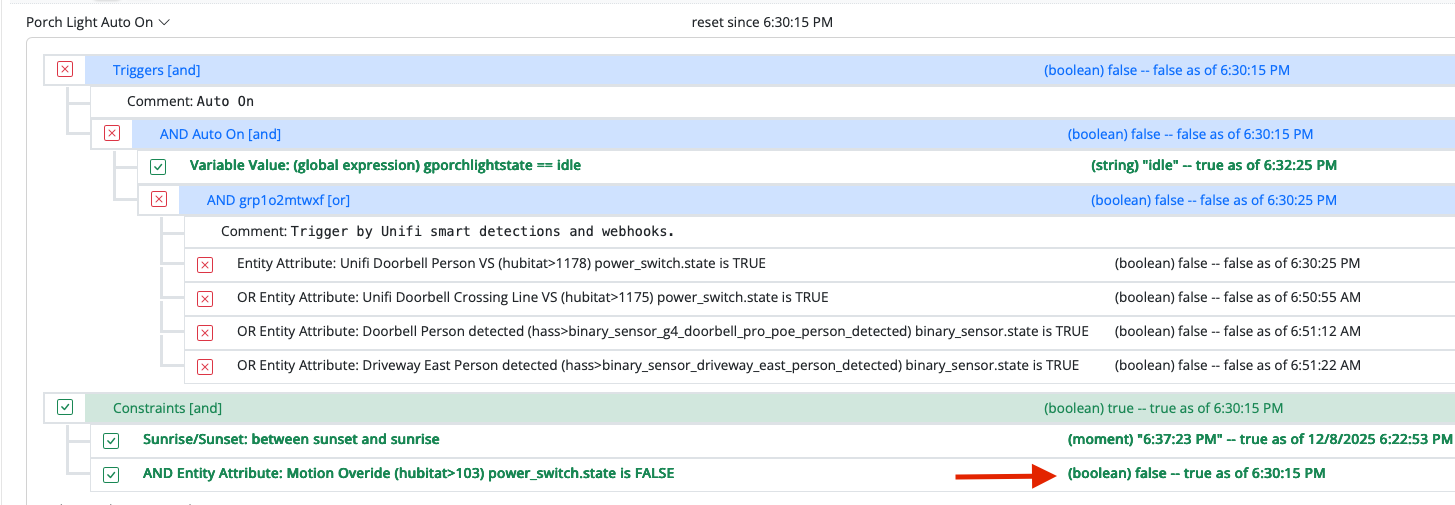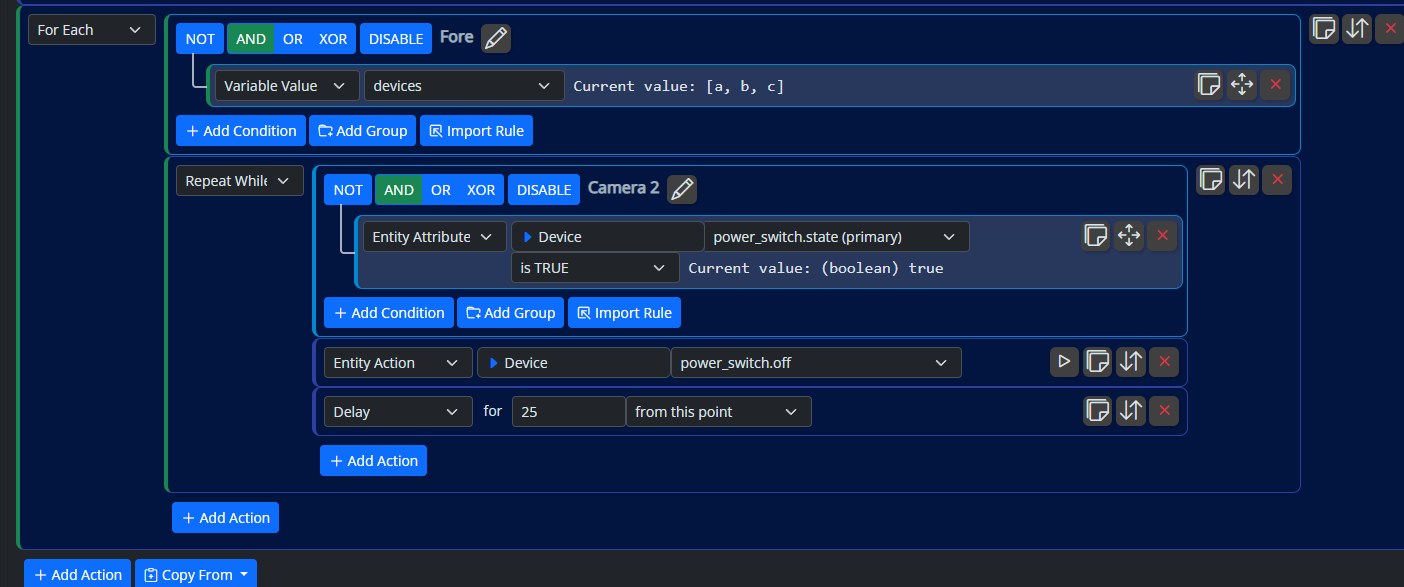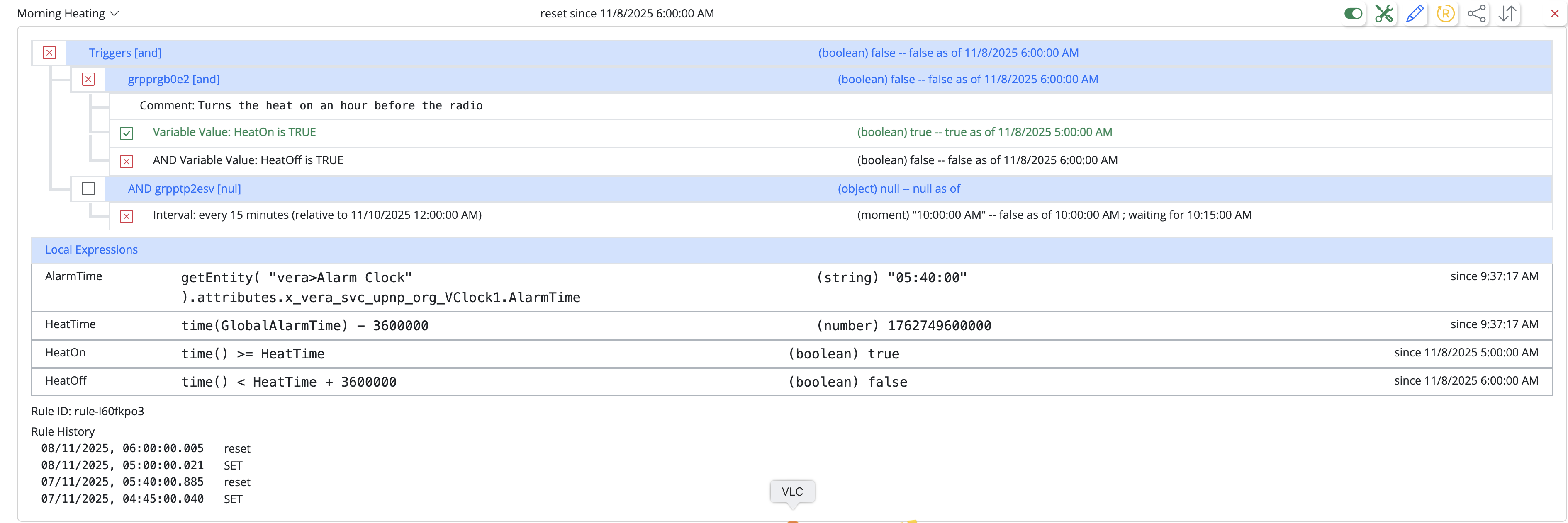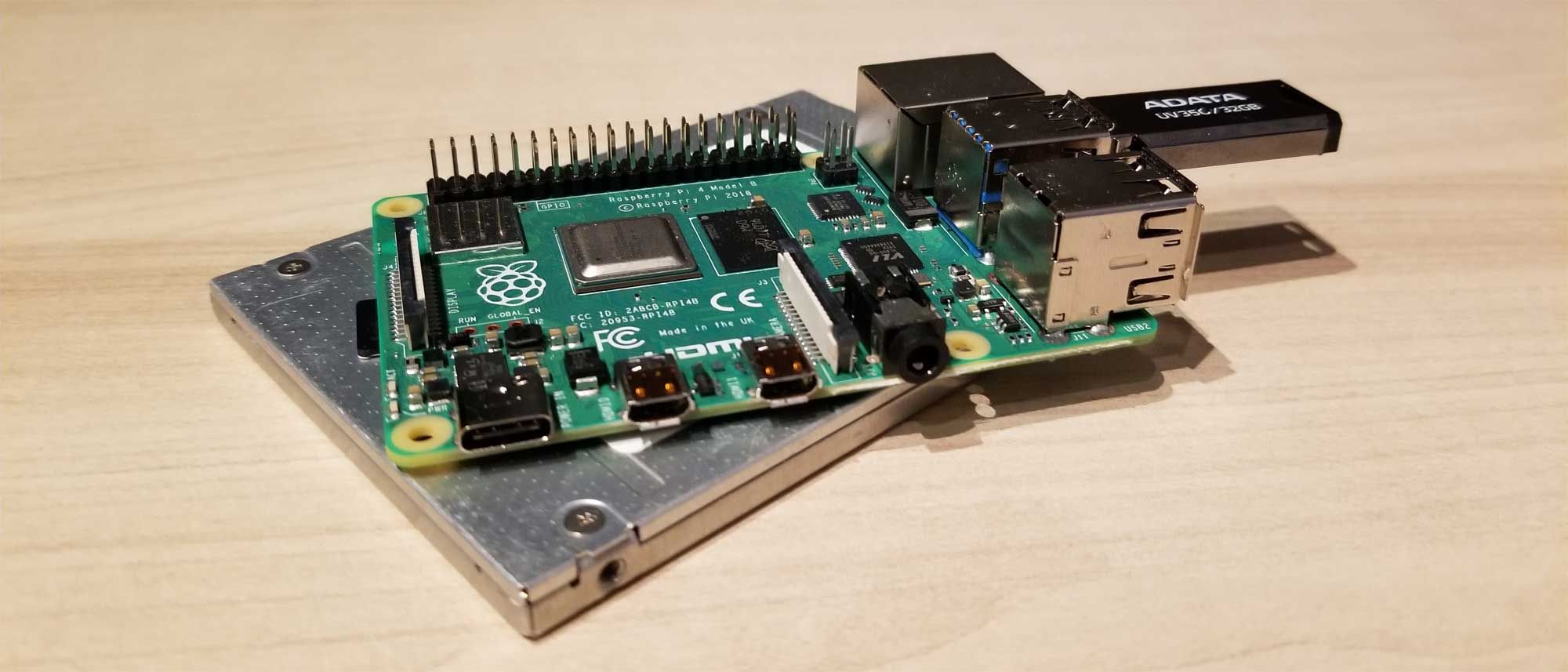How to auto start on Rpi reboot ?
-
This is the contents of the msr.service file now
[Unit] Description=Multi System Reactor After=network.target [Service] User=pi Type=simple ExecStart=nohup /home/pi/Documents/reactor/app.sh Restart=on-failure RestartSec=5s [Install] WantedBy=multi-user.target -
There are several things to indicate that the process is not ready for this at this point. Among them is that the nodejs installation done by the installer is local to the
piuser. There are also issues with the home directory, and the search paths for modules and data relative to the current working directory vs the path of the application.Too soon. Not ready yet. Not going to fix it tonight. This is prelease software. It isn't mean to run like production software at this point.
-
Think I have it working now and MSR is auto starting after a reboot
I placed my msr.service file in this directory:
/home/pi/Documents/reactor
Using WinSCP, on the msr.service file properties, I made its Group and Owner to be pi rather than root.
This is the files contents:
[Unit] Description=Multi System Reactor After=network.target [Service] Type=simple ExecStart=nohup ./app.sh & WorkingDirectory=/home/pi/Documents/reactor Restart=on-failure RestartSec=5s [Install] WantedBy=multi-user.targetI then ran these commands in the terminal in Putty:
sudo systemctl enable /home/pi/Documents/reactor/msr.servicesudo systemctl start msrAnd I can check its status with this command:
sudo systemctl status msrIt says its active and running.
If I reboot the Pi now after the reboot the MSR web page is then available and can be accessed.
-
Yeah, but running the shell script is not correct. You're basically having systemd do what the shell script is also doing (restarting when stopped), and it's going to cause problems. Your exec is also forking, so adding yet another layer of indirection that all but guarantees that systemd is going to be looking at the wrong process ID for what it thinks is a running Reactor. That could lead to problems stopping and restarting, and with the possible effect that an incorrect stop causes data loss.
-
You're not far off, really, but the devilish details require some internal knowledge of how Reactor starts and organizes itself, and it's made a bit more complicated by the necessity to locate things "off shore" for docker containers and make sure that stays working as well. There's a bit of a balancing act there. As I'm sure you know well, features are not strictly governed by their ability to be implemented; they are also very much a function of what it takes to support them. I'd rather there be an "official" way that I know people use, because if ten people do it their own way, I'll have ten different ways I need to figure out any time there's a problem.
-
Right now, all data is written when modified, but that may not always be the case, and there's a high likelihood it will be user-configurable, even.
One of the things designed in is that MSR is "crappy-storage-ready". @rafale77 can tell you at length about the merits and woes of various storage technologies, and an SD card in a Raspberry Pi is no exception (in fact, probably both a good example and a dire warning). MSR has a storage architecture for its data that allows "pluggable" storage disciplines, so you could, for example, choose a cached-with-delayed-write-back mechanism to reduce wear, and you could choose that for everything, or just states, or states and logs, etc. So in that case, as the system shuts down, it is necessary for the cache to write back any "dirty" (modified but unsaved as yet) data, or the modifications would be lost.
That said, you should be thinking about getting your Pi off an SD card if that's what you're running, if you intend to run it full-time with MSR and depend on it. There are only two types of SD cards: those that have failed, and those that are about to. I have my Pi running on a cheap 2.5" SSD, and it's also a good bit faster, although there is some alchemy to getting that working, and while it's much better than it was, it involves some pretty magical incantations still today and can be a bit angst-inducing.
-
Getting the firmware onto the Pi is a series of commands rarely used, so that's part of it. The other part is that your choice of interfaces is critical, as some are supported and some are not.
-
I had no problems with the interfaces, I guess I was lucky. I bought an ordinary SATA to USB3 cable and a standard Samsung 250G disc and plugged it in.
For the commands and if anyone is interested I used the following guide:
The only problem with the guide was that boot-option in raspi-config had been moved to another menu location since the guide was written -
The guide is OK, but it contains two omissions that I think are pretty important for the average user:
- The first is the interface issue. Only certain interfaces work, and some definitely do not. I first purchased the Sabrent 3.0 to SSD model EC-SSHD. Doesn't work. Found in another guide (linked below) what does work. Thankfully, I had on hand a bigger 3.1 dual-drive powered USB 3.1 interface I use for doing backups and other evil deeds around the house, so I got that Frankensteined on until the working Sabrent 3.1 to SSD model EC-SS31 arrived. Notice the subtle but important difference. Sad but true.
- In Tom's Guide, in the SD Card Copier, the "New Partition UUIDs" checkbox must be off. They neglect to say this (it's shown off in the screen shot, but it's worth using words). If it's on, the boot will fail because the boot script and fstab will have the old IDs rather than the new. This is easily fixed if you know where and how to do it, but I think most users would find it frustrating if they don't realize what they've done.
Link with supported interfaces below. Don't use these older instructions, just use the list of supported devices it offers:
-
Right now, all data is written when modified, but that may not always be the case, and there's a high likelihood it will be user-configurable, even.
One of the things designed in is that MSR is "crappy-storage-ready". @rafale77 can tell you at length about the merits and woes of various storage technologies, and an SD card in a Raspberry Pi is no exception (in fact, probably both a good example and a dire warning). MSR has a storage architecture for its data that allows "pluggable" storage disciplines, so you could, for example, choose a cached-with-delayed-write-back mechanism to reduce wear, and you could choose that for everything, or just states, or states and logs, etc. So in that case, as the system shuts down, it is necessary for the cache to write back any "dirty" (modified but unsaved as yet) data, or the modifications would be lost.
That said, you should be thinking about getting your Pi off an SD card if that's what you're running, if you intend to run it full-time with MSR and depend on it. There are only two types of SD cards: those that have failed, and those that are about to. I have my Pi running on a cheap 2.5" SSD, and it's also a good bit faster, although there is some alchemy to getting that working, and while it's much better than it was, it involves some pretty magical incantations still today and can be a bit angst-inducing.
@toggledbits said in How to auto start on Rpi reboot ?:
although there is some alchemy to getting that working, and while it's much better than it was, it involves some pretty magical incantations still today and can be a bit angst-inducing.
ha......truer words have never been spoken.
I just spent the last weekend trying to get a Pi4 booting from a SSD, followed every "how to" I could find and just can't get the bootloader to set to 0xf41, it remains stuck on 0xf14.
I might have to wait for a Pi5 to achieve my dream or borrow your magical incantations.....edit: now after reading the How to patrick refers to, it confuses me even more. It appears every time there is a FW update the goal posts change and Boot Order becomes something else. 0x1 , 0x4, OMG Maybe a Windows install is easier?
-
OK. Build 21074 has some necessary changes to support running as a system daemon under systemd on RPi4. As seen earlier in this thread, a service file is needed that needs to be placed in (typically)
/etc/systemd/system. The easiest way to get the correct service file for your current install is to run thetools/rpi-install.shinstall script. On an installed system, it will not do much of anything, but it will create a file calledreactor.servicein thetoolssubdirectory. From there:- Make sure any other Reactor processes are stopped (e.g.
pkill -QUIT node) - Use
sudo cp tools/reactor.service /etc/systemd/system/to copy the file to /etc; - Run
sudo systemctl daemon-reload - If you want Reactor to start automatically at boot:
sudo systemctl enable reactor - Start Reactor now:
sudo systemctl start reactor
You should now be able to see your log file recording the startup. You may also observe the log messages rolling in
/var/log/syslog. The running Reactor instance will also leave areactor.pidfile in thereactorinstall directory (it will remove it when it shuts down, so its absence is a good indication that it is not running under systemd). - Make sure any other Reactor processes are stopped (e.g.
-
@toggledbits said in How to auto start on Rpi reboot ?:
This is the reactor.service file it created:
# This file allows you to run your Reactor installation under systemd, # so it can be started at boot. Copy this file (as root or under sudo) # to /etc/systemd/system, and then run "systemctl daemon-reload". You # can then able Reactor to start at boot "systemctl enable reactor". # The usual systemctl subcommands can also be used to start, stop, and # restart reactor at will (e.g. "systemctl restart reactor"). [Unit] Description=Multi System Reactor After=network.target [Service] Type=simple User=pi WorkingDirectory=/home/pi/Documents/reactor ExecStart=/usr/bin/node app -p Restart=on-failure RestartSec=5s [Install] WantedBy=multi-user.targetI followed the rest of the instructions and I could see a reactor.pid file had been created and reactor was running again.
I then rebooted my Pi and after it rebooted MSR is running again.
So everything appears to have worked OK.
Thanks
-
 T toggledbits locked this topic on
T toggledbits locked this topic on











 More of a hack to get it auto started.
More of a hack to get it auto started.
 Raspberry Pi 4 USB Boot Config Guide for SSD / Flash Drives
Raspberry Pi 4 USB Boot Config Guide for SSD / Flash Drives

